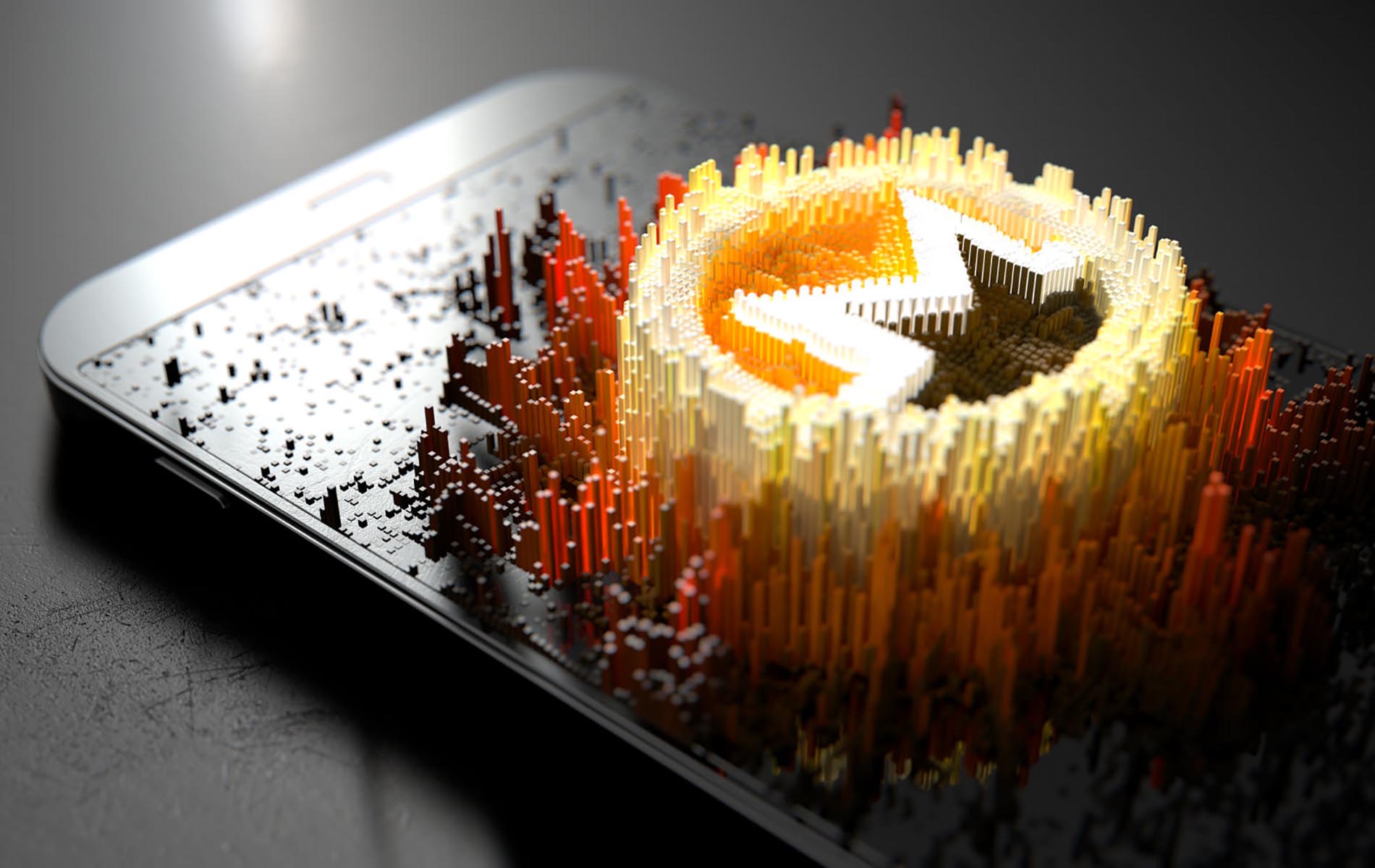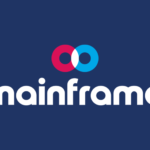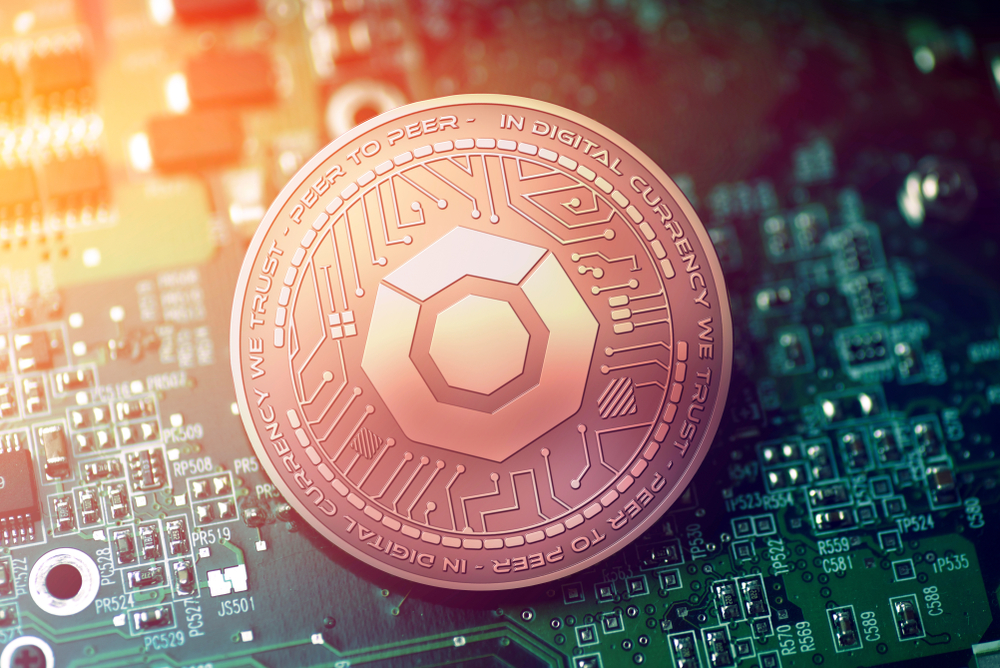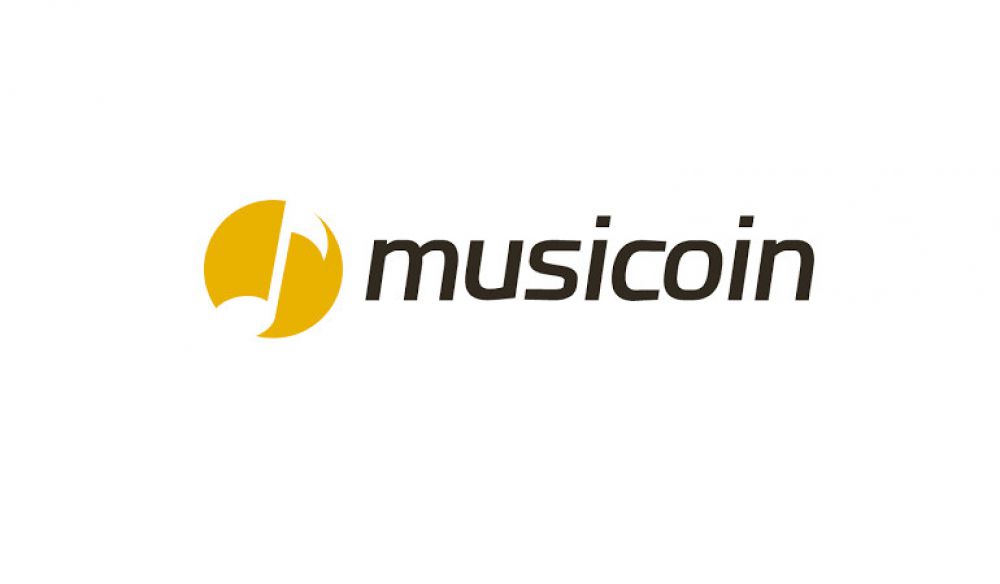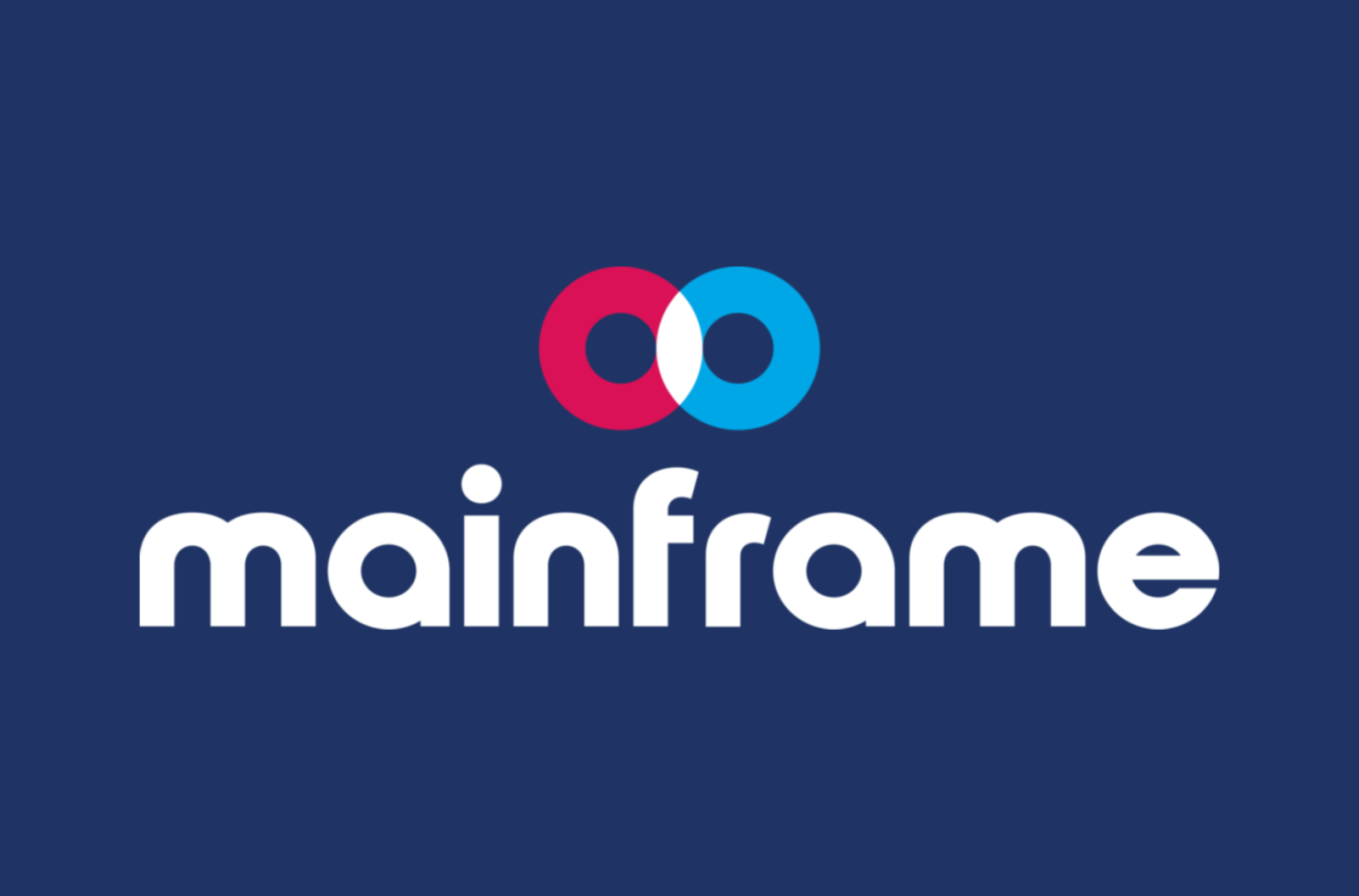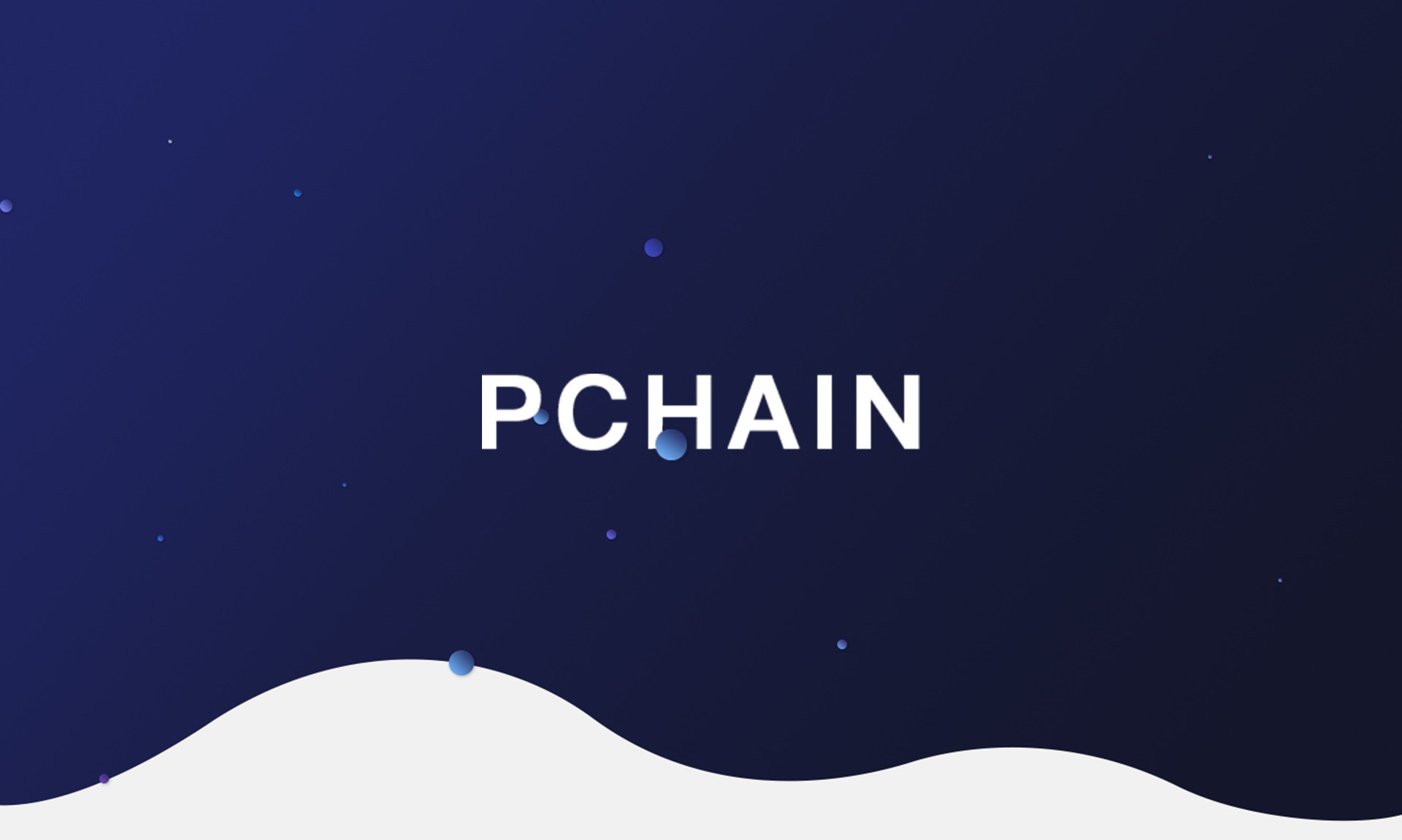What is Monero? – Cryptocurrencies appear every month and it’s not so easy to figure out all this turmoil, and the mining of Monero even more so has many nuances. Even if you have been extracting altcoins for several years and are targeting the necessary hardware, the task will not be simple. Bitcoin is the most popular currency, but for quick payback, it requires too much investment, which not everyone is capable of.

There is another side of the crypt market – altcoins (other currencies based on blockchain technology). Let’s look at the nuances of Monero mining, find the best hardware and look at the history of CryptoNight.
Help from the history
The developer set himself the goal of creating software capable of performing more voluminous calculations with economical use of resources. This would allow ordinary users to mine currency on a par with professionals. The CryptoNight algorithm is much more demanding of RAM, but allows you to use all the resources of a PC.
For the first time Monero became available for mining in 2014, but drew attention to it only a year ago. At the beginning of 2017, the power needed to extract Bitcoin increased, and the efficiency of the systems left much to be desired. Many miners began to look for a solution. They were connected and ordinary users who are not able to spend thousands of dollars on farms.
Unlike Bitcoin, which focuses on the power of video cards, Monero equally uses a processor, which increases the efficiency of mining. At the moment, 1 block is generated every 2 minutes, compared to a bitcoin block generated every 10 minutes. Does this mean that under altcoin will have to build a separate system? Not at all, just below we will explain why.
Graph of the current course Monero
The main question of concern to anyone who wants to start mining Monero is how fast does the Monero rate against the ruble (XMR / RUB) and the Monero rate against the dollar (XMR/USD) grow? After all, the dynamics of growth directly shows whether the asset is a good investment. At the end of 2017 and the beginning of 2018, Altcoin had only positive trends.
In January 2018, a downward movement was observed, but this can be attributed to the general situation on the cryptocurrency market. For those who invest in digital coins, it’s worth considering that this is a volatile market.
See live Data for Monero Here.
Monero XMR Wallet
Monero Wallet and “demon” are one file, and you can download it on the official website getmonero.org. Monero online wallet has a non-standard design and interface, but you can quickly adapt to it, and navigation will not be a problem.
To create a wallet, after downloading the file, you need to open the bitmonerod file and synchronize the blockchain, and to speed up the process you should connect blockchain.bin. After downloading the file, copy it to the directory. The address of the wallet in the system is specified during installation, but the default is% AppData% / bitmonero.

Yield calculator
To simplify the calculation of profits, you can use a mining calculator, for example, http://whattomine.com/coins/101-xmr-cryptonight . He will calculate the profitability of XMR mining on your system, taking into account all the parameters of the PC.
This requires a “single” launch of the miner to see how fast the problem is solved. The more powerful your system, the more coins you get. For greater efficiency, you should assemble a PC taking into account the peculiarities of the Monero algorithm.
How to mine monero?
To make Monero mining as efficient as possible, you should not forget that systems with ASIC are absolutely not suitable for this altcoin. But at the same time, it gives more opportunities for customization and distribution of system capacity.
You can farm Monero solo on both the video card and the processor. The second option is suitable in case you need to save energy. To speed up production, it is better to mine in combined mode. Iron must be selected in view of this nuance. The best video cards for megabytes per unit of steel cost:
- Radeon HD6870;
- GTX 750;
- GTX 1050.

Due to the diversity of the price segment of the above cards, you need to choose the one that fits your budget. Unlike other cryptocurrencies, Monero has no preferences in video cards and both AMD and Nvidia are equally well suited for it. But the distinctive feature of the algorithm is mining on the central processor.
Therefore, unlike the standard crypt mining systems, here you will have to take care of a good core for the motherboard.
8-core processors are so far useless, since the algorithms do not know how to divide the operation into so many threads, but 4-core i5 and i7 series processors will be the optimal choice.
Just like with video cards, there is no definite correlation in the performance of one of the brands. If you want to save money, go to the secondary market and buy video cards there.
There is a small trick – it is better to search for used components for gamers, and not for miners, checking the warranty card. After all, only advanced players begin to accelerate their hardware, which can lead to serious consequences in the long term. Miners in their majority do not disdain with such an approach. Overclocked cards will not be accepted by the service center, and you risk running into an already “baked” video card.
A good budget solution among processors will be:
- AMD RX 470/480;
- AMD HD 7990/7950.

Ryzen is not worth taking for mining, because it still does not reveal its professional potential and will once again increase the asset payback period.
XMR Technical Parameters
Briefly summarizing the characteristics of Monero, the following will be released:
- Altcoin released in April 2014.
- Monero is based on the CryptoNight algorithm, which uses a different approach to system resources.
- Possible maximum production is 19 million coins.
- The reward for the floating unit that should be considered when using the calculator of profitability.
- At the moment, the estimated time of the blocks is 2 minutes.
- High standard of data protection and anonymity, respectively.
Let’s take a closer look and for a start we will look at the base of the coin in detail.
Algorithm
All that is worth knowing from the history of the CryptoNight algorithm is that Monero cryptocurrency starts to drip into your wallet – it uses a different hashing method. Initially, the Monero algorithm was an offshoot of CryptoNote, unlike Scrypt, which allows computations with high efficiency. The power remains the same, and less resources are required to solve problems. Perhaps this is due to a direct relationship, because the following blocks are not generated randomly, but are associated with early calculations.

This system allows you to use up to two megabytes of RAM. The downside is the inability to use ASIC, respectively, those who are professionally engaged in Bitcoin mining will not be able to switch to Monero in a second.
Complexity
The parameter shows the conditional coefficient for finding the cache, which is lower than the target suggested by the system. It is calculated as the ratio of pool difficulty to target. At the moment, the complexity of Monero is 104.451 G and is growing at 7.82% daily (this is an average figure for the last week).
The exceptions are noise, when the value can fall by 1-2 days, and then regain a positive growth dynamics. The complexity depends on how many resources your system will need to spend on the extraction of one token, and this parameter changes every 2,000 mined blocks.
Features of using RAM
The main difficulties of mining Monero consist in the recalculation of each block. Accordingly, as the complexity increases, the speed of mining also increases. The main idea of the algorithm is to allocate a block of data in memory, using binary sorting to eliminate duplicate elements. The larger the block that was able to allocate, the more convenient it is to store the data without calculating it again and again. Accordingly, the amount of RAM affects the speed of mining.
The developers took care of the prevention of internal parallelism, which means that a 2-core processor will require 2 times more memory, 4-core processor 4, and so on. In accordance with this and select components for the system.
Transactions and block reward
Combined mining uses a central and video processor in the ratio of 1 to 1, and, accordingly, is extremely demanding of memory. This allows the use of AES encryption, which increases the security of the system. The block reward is calculated with inflation of less than 1 percent, which allows you to maintain interest in the coin. Thanks to the use of the recursive relationship, by the end of 2018 more than 86 percent of the total currency will be produced, respectively, the chance to find a block will decrease by 2 times by this autumn.
When making a transaction, it is instantly displayed on the network and after 1 second, the wallet on the other end of the planet recognizes the payment (you must enter the show_transfers pool command). But until the operation is confirmed, do not rely on this announcement. After all, senders can make “double payment”.
To confirm that the funds were credited to the account, it is necessary that all nodes in the blockchain reach agreement among themselves. This will take at least 2 minutes while a new unit is being mined. After that, all the information about the transfer is entered into the block, which takes another 2 minutes. On average, for 10 confirmations of the transaction requires 26-27 minutes. After that, the funds will be unlocked and available for subsequent transactions.
Network commission
The Monero Commission is dynamic; accordingly, it can change under the influence of several factors. To determine the average value, just look at the data of the last 100 transactions. As of February 2018, the average is 2.86 USD per transaction.
For more convenient calculations, use the calculator. You can reduce the commission by lowering the priority of the application. Such a transfer will take longer to process, but you will pay only 1/4 of the standard transaction cost.
Solo Mining Monero
The algorithm involves the extraction of Monero in two ways:
- Solo mining. When used only the central processor or video card. This saves system resources, energy and allows you to distribute the remaining power to other tasks. Very handy if mining on your PC is not the only iron task. Suitable for beginner.
- Combined mining. Allows you to use the resources of the central and graphics processor, working in several threads. The best miner will use this option, as it gives the maximum performance boost. But it is also required to assemble a computer for it. As already mentioned, the amount of RAM consumed by the miner directly depends on the number of threads.
On the processor
Mining Monero on a processor is a good solution for those who want to save on electricity. Using Cpu Miner, you will not achieve huge performance, the hashrate will not be exorbitant, but it is quite enough for the allocation of resources for several operations. Mining the currency in this way will require the use of a special miner for the processor, for example:
- Wolf’s CPUMiner is the most popular choice.
- Yam Miner is also allowed, but has a couple of drawbacks.

For efficient mining on the CPU, Windows comes last. A good choice would be OS packages based on Linux, because they allow you to set the exact hardware settings, increasing the optimization and efficiency of the system.
On video cards
Such XMR mining has a greater hashrate, but power consumption also increases significantly. Depending on which video card for Monero was chosen, you can go to the Claymore CPU miner (suitable for AMD) or CUDA-miner (on nVidia).
On both systems, the setting is standard, but the performance table shows that it does not matter what brand of video cards you have chosen, if the card figures are comparable with each other. A detailed comparison reveals nothing but small noises; in the long run, AMD and nVidia have the same performance.
For example, the setting on nVidia occurs in the start.bat file. After downloading the corresponding application, open the document and enter the address of the pool you selected through “-o”. After that, you must specify where you will receive funds, for this we prescribe “-u” and after the command – the address of the wallet. When adding a worker, it is necessary to enter the email as follows: “address.worker/email”.

Pula for mining Monero
The main question for newbies is: “What mining pool should we choose for a lower system commission and higher wages?”. The first thing to understand is that no one will value and choose the pools for mining Monero for you. No matter how many positive or negative reviews about them there are, you should independently test the ground. We recommend mine Monero on two main platforms:
- Monero.miners.pro – with a commission of one and a half percent, the pool was initially created for the CIS and it will be more convenient for you to start there.
- Xmr.prohash.net with two percent commission, the pool gives a good power of 25 kh / s, but without a good system there is no point in going there.
Every miner decides where to get cryptocurrency himself, but the main advantage of the coin is the ability to distribute the load is displayed on pools. Average currency cards are suitable for currency, but not all pools are suitable for these video cards. Somewhere you just can not rationally use resources.
Depending on the pool, the commission in the network may increase, and you will have less money in your wallet. So, one of the most powerful pools of xmr.nanopool.org will require 2 percent, with a minimum payment of 1 xmr. There is also a brazen Dwarfpool, picking up at 3 percent with a tunable minimum and average power. Accordingly, depending on your needs, it is better to select a pool individually.
Take into account the power of the assembled system, because some pools have a limitation and with a too weak video card they can simply not allow you.

Withdrawal from the wallet
Having received coins for Monero wallet’s, it is best to exchange them first for bitcoins, and then sell BTC for dollars or rubles. For these purposes, suitable stock exchanges, in which the rate of BTC is usually higher:
The LocalBitcoin platform will also work well, allowing you to withdraw funds directly to a card or electronic wallet in the future. With such a chain of losses on the commission will be minimal, and your head does not boil on the number of actions.
Where to Buy and Sell Monero
The purchase and sale of Monero take place through standard exchanges. If you do not want to use Change, any services that support the exchange of Monero for bitcoins and back are suitable.
If you already have a BTC, then we recommend using the following most convenient exchanges for buying XMR:
- Binance;
- Huobi;
- HitBTC.
Choose any service you like and make exchanges there. Pay attention to the commission for the final transfer Monero.
Conclusion
Since 2014, XMR cryptocurrency has grown 100 times, so that its market capitalization at the moment is a little more than 3.8 billion dollars. But the most important thing here is that there are serious prerequisites for continued growth in 2018.





